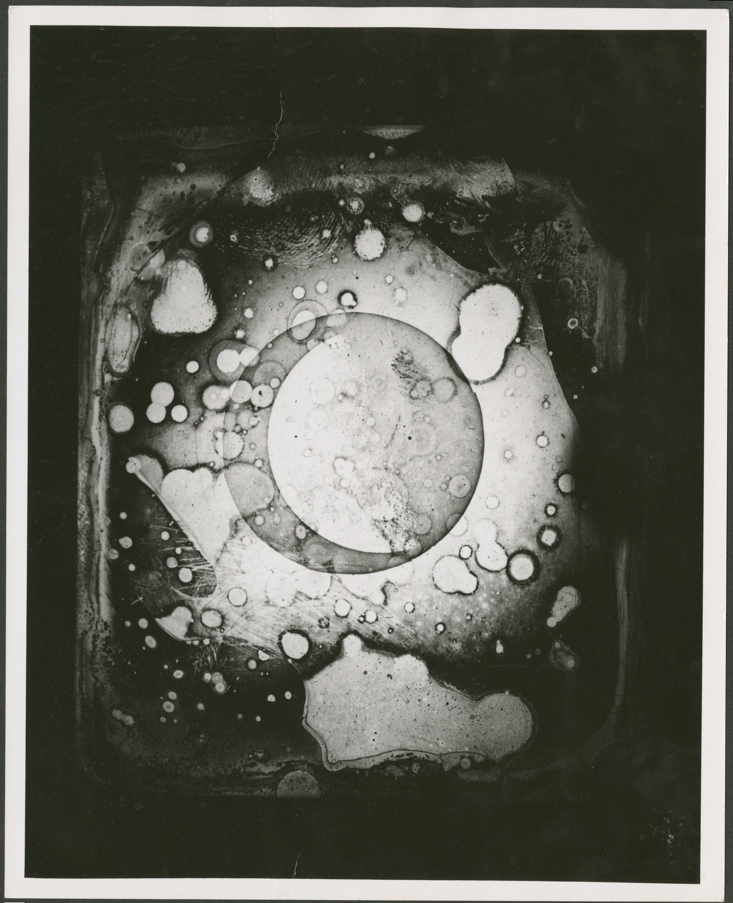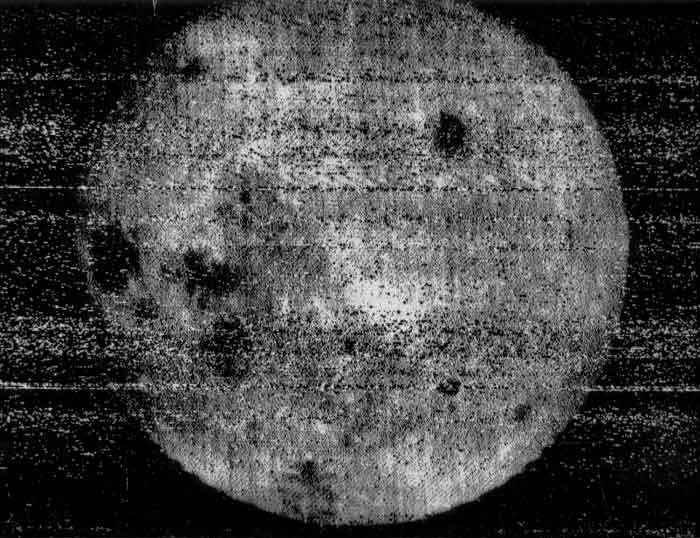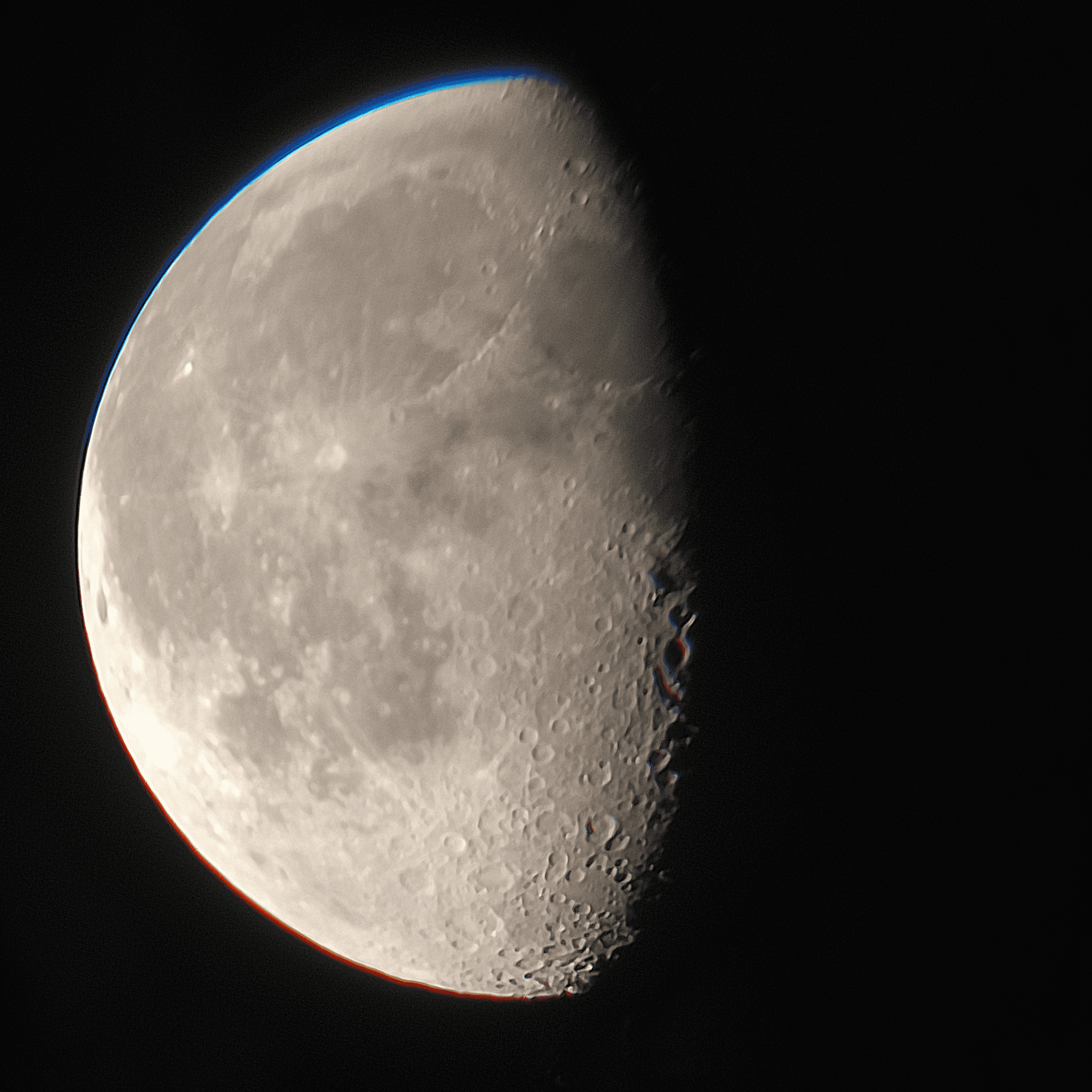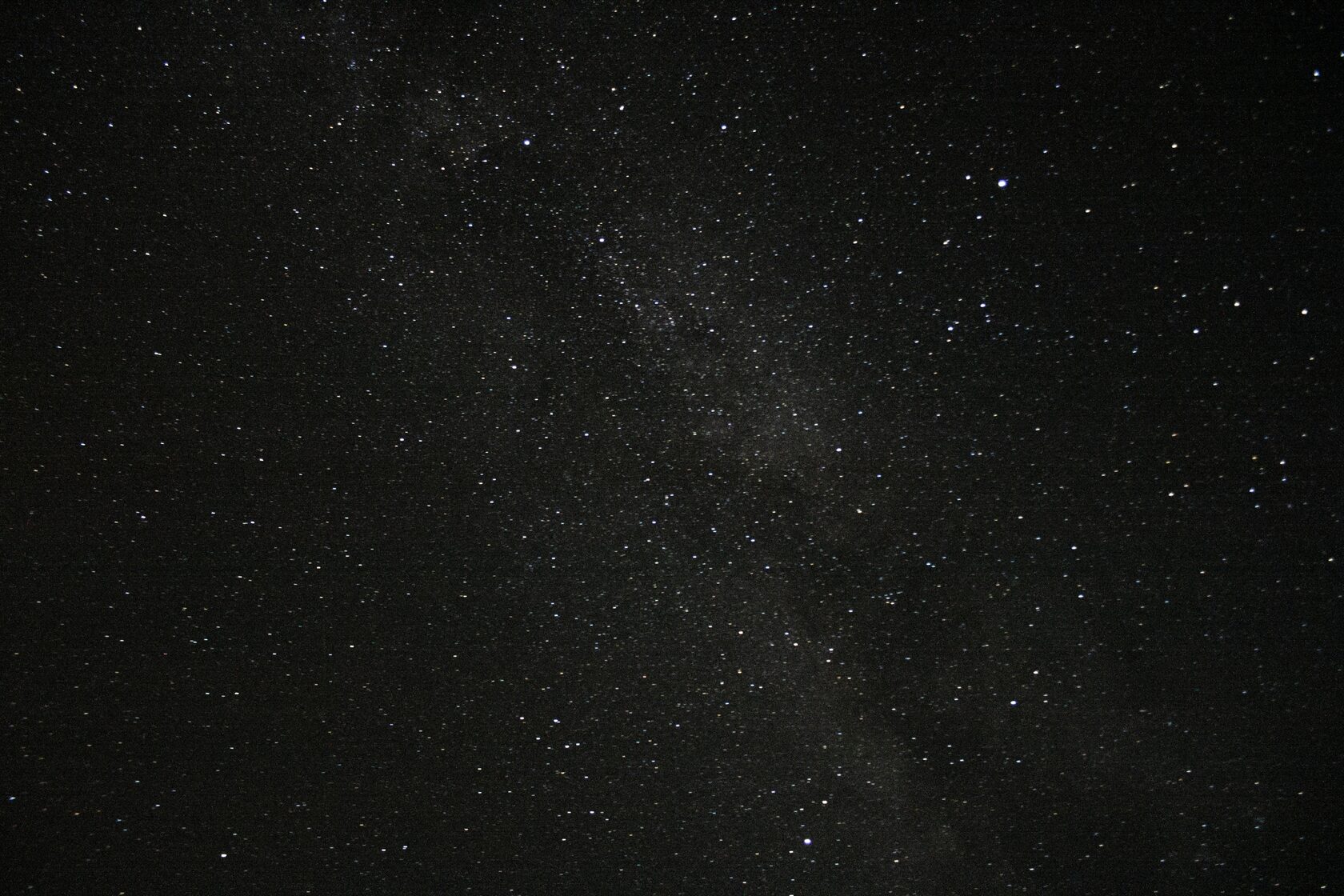Aidar Sadykov is a young researcher of the Radiation Monitoring Lab, engaged in studying the evolution of active regions of the Sun to understand solar physics and the Sun's influence on Earth. This helps to forecast solar weather and protect technologies that depend on solar activity.
Aidar is also passionate about astrophotography — the photo art of capturing the beauty of the night sky and distant cosmic objects. "I first tried astrophotography in the summer of 2023... in the Gafuriysky District of Bashkortostan, in a very remote area away from cities. The sky there is incredibly clear, revealing the full beauty of space."
Aidar is also passionate about astrophotography — the photo art of capturing the beauty of the night sky and distant cosmic objects. "I first tried astrophotography in the summer of 2023... in the Gafuriysky District of Bashkortostan, in a very remote area away from cities. The sky there is incredibly clear, revealing the full beauty of space."
Astrophotography has a rich and fascinating history. The first astrophotographs were taken in the 1840s using daguerreotype. However, due to short exposure times and low sensitivity of photographic plates, these images were blurry and indistinct.

Photograph of the Moon, 1839, Daguerreotype. John William Draper. Source: New York University Archives.
This is the first photograph of the Moon in history. This work not only demonstrated the capabilities of the new method but also reflected humanity's desire to explore and understand space.
This is the first photograph of the Moon in history. This work not only demonstrated the capabilities of the new method but also reflected humanity's desire to explore and understand space.
On January 2, 1959, the USSR made an important step in space exploration by launching the first spacecraft designed to study the Moon—"Luna-1." This probe became the first object to reach lunar space, passing about 5,000 kilometers from the Moon. It was followed by the launches of "Luna-2" and "Luna-3." The "Luna-3" spacecraft made a revolutionary discovery—the first photograph of the far side of the Moon in history. This was a significant achievement, as until that moment, humanity had never seen what this portion of the satellite, hidden from Earth, looked like.

Astrophotography continues to evolve, utilizing new technologies and methods.

Photo: Aidar Sadykov.
Location: Republic of Bashkortostan, Ufa District, village of Oktyabrsky.
Camera: Main camera of the POCO X6 Pro phone.
Settings: ISO-1000, 1/125 s.
Telescope: Levenhuk Skyline 50x600 AZ, 20 mm eyepiece used.
Location: Republic of Bashkortostan, Ufa District, village of Oktyabrsky.
Camera: Main camera of the POCO X6 Pro phone.
Settings: ISO-1000, 1/125 s.
Telescope: Levenhuk Skyline 50x600 AZ, 20 mm eyepiece used.

Photo: Aidar Sadykov.
Date: August 17, 2023.
Location: Republic of Bashkortostan, Gafuriysky District, Zilim Nature Park.
Camera: Canon EOS 400D.
Settings: ISO-1600, f/3.5, 30 seconds.
Date: August 17, 2023.
Location: Republic of Bashkortostan, Gafuriysky District, Zilim Nature Park.
Camera: Canon EOS 400D.
Settings: ISO-1600, f/3.5, 30 seconds.
Aidar: "It was very captivating; you set up the camera, intuitively aim it at a section of the sky, and wait while the camera takes the shot. Meanwhile, you admire the stars. They were beautiful. It all literally enchants you."
The space continues to inspire with its beauty and grandeur, opening new horizons in the exploration of our universe.
The space continues to inspire with its beauty and grandeur, opening new horizons in the exploration of our universe.

